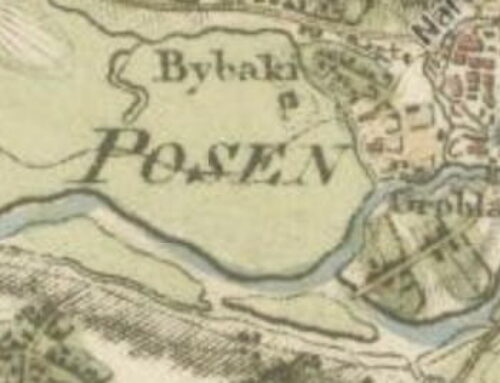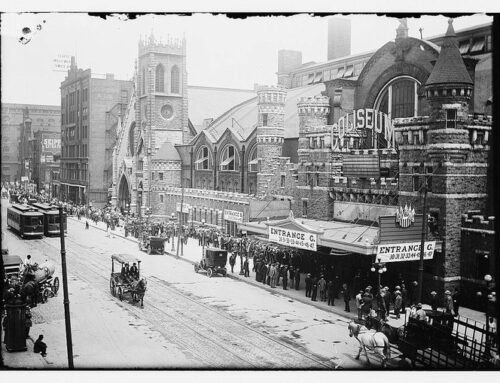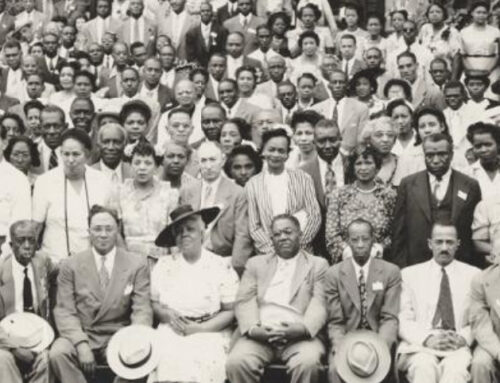The Visualizing Emancipation project maps the end of slavery during the Civil War.
This project comes from the University of Richmond’s Digital Scholarship Lab. Historians and archivists there combined maps and data, with funding from NEH. Click here to use data and maps from the Visualizing Emancipation project.
Insight from Visualizing Emancipation
According to the website introduction, this digital project shows
how emancipation occurred unevenly across the South, beginning before the first major battles and ending after the end of the Confederacy. It shows the complex interactions between federal policies, armies in the field, and the actions of enslaved men and women on countless farms and city blocks.
Visualizing Emancipation maps a messy story, in which patterns partially visible today remained hidden to many involved. It presents a history of emancipation where brutality is sometimes easier to see than generosity and where the costs of war and freedom fell disproportionately on the most vulnerable in the South. The war that brought freedom to millions brought unmatched destruction and disruption. If emancipation was a process, it must have seemed a chaotic, directionless one to many caught up in it. Visualizing Emancipation shows a war in which alliances between enslaved people and union soldiers were uneasy and often tested, but which yielded, somehow, the end of slavery.
We have gathered in this map only a small slice of the available evidence documenting the end of slavery. We invite the public to help give shape to our understanding of emancipation by sharing events documented in archives across the country and online.
Sources for the Project
Users of this digital project can choose to see maps according to Emancipation events (top image) and sources (bottom image).
Dr. Henry Louis Gates’ documentary, Reconstruction: America After the Civil War, premieres tonight on PBS. Visualizing Emancipation helps users understand how this era arrived.
For other Sassy Jane blog posts about maps and genealogy resources, click here.






Leave a Reply